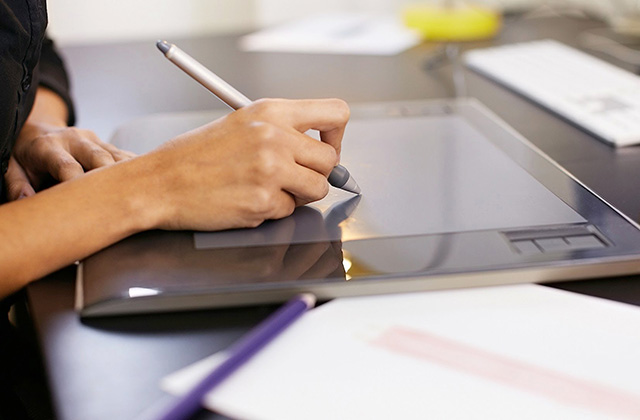To be a good concept board frames artist Sydney you need to preferred colours, materials, needs, habits and hobbies of your client. When you make a video for your business, be it an explainer video, a sales video, a microlearning video, or any short online business video, planning is extremely important. One of the most important stages of planning out your video is creating a storyboard.
A storyboard is a graphic representation of how your video will unfold, shot by shot.
It’s made up of a number of squares with illustrations or pictures representing each shot, with notes about what’s going on in the scene and what’s being said in the script during that shot. Think of it as sort of a comic book version of your script.
Why You Need a Storyboard
Creating a storyboard might just sound like an extra step in the process of making a video for your business, but trust us — it’s a step you won’t want to ignore. Here are three reasons why you need a storyboard:
Best way to share your vision
A visual aid makes it much easier for you to share and explain your vision for your video with others.
We’ve all had experiences where we were trying to explain something and the other person just can’t see your vision. The core of this issue is that most stakeholders don’t have the experience of visualizing something off of a text deliverable, such as a script.
When you have a storyboard, you can show people exactly how your video is going to be mapped out and what it will look like. This makes it infinitely easier for other people to understand your idea.
Makes production much easier
When you storyboard a video you’re setting up a plan for production, including all the shots you’ll need, the order that they’ll be laid out, and how the visuals will interact with the script.
The storyboard is a starting point or suggested thoroughline around which you can plan your coverage (all the angles you will shoot of a scene). This really comes in handy when you’re making your video, as it ensures you won’t forget any scenes and helps you piece together the video according to your vision.
Saves you time
While it may take you a little while to put your storyboard together, in the long run it will save you time in revisions later.
Not only will it help you explain your vision to your team, but it will also make the creation process go more smoothly.
How to Make a Storyboard
Now how do you go about creating a storyboard for your video:
1) Create blank slides
The first step in creating a storyboard is to draw a series of squares on a piece of paper (you can also find tons of printable storyboard templates on Google).
Think of these squares as the video frame. In each square a different shot or scene will take place. You can sketch the scenes by hand, create them on a computer or even take photographs. Make sure to leave space to write notes and lines from the script beneath or next to each frame.
2) Add your script
Beneath each picture, write the lines from the script that will be spoken in that scene and jot down some notes about what is happening.
Your storyboard should read like a comic book, so readers (coworkers, clients, etc.) can get a sense of exactly what will happen in your video.

